Embroidery 101: Threads
When I have embroidered in the past, I always bought stranded thread {also called floss}, but have never been perfectly satisfied with it. I’ve always had troubles with singles strands breaking after they’d been stitched with for a while, but, I stuck with them because of their availability and color range. {Note: this could be partially due to the brand of floss I was stitching with, but have not yet tried any others.}
However, while I was a the quilt shop a few days ago, I was looking for embroidery threads to match some Just Wing It, and found Perle Cotton size 8 in a variety of colors. I was immediately hooked. So, you may be asking, what’s the difference? We’ll start with a few details about stranded thread:
Stranded thread is 100% cotton, just like the Perle Cotton. But, it is dividable. It is generally six strands, but most embroiderers/cross stitchers use only two or three of these threads at a time {sometimes even a single thread}. It is readily available, comes in a wide variety of colors, and produces fine results.
Perle Cotton is made from the same long staple cotton that stranded thread is, however, it is then mercerised to give it a beautiful sheen, and also strength. It is generally two strands twisted together, but is not dividable. It is available in several sizes, with 3 being the largest {pictured above} and 16 being the smallest.
Size 8, pictured above, seems about comparable to two or three strands of stranded embroidery thread. It is used for more than just stitchery though, it is also used for quilting, crochet, knitting, and other thread arts. Although not as readily available as other types of threads, it can be found at quilting shops, yarn shops, and online by various manufacturers {note: I am using the Finca Perle Cotton size 8 because it was the brand available at my local quilt shop, I do not have experience with any other so I cannot speak to the quality of different brands}.
While ordering online can be difficult, there are also wonderful things like color cards and conversion charts to make it easier.
Edited to Add: After working some time with the perle cotton, I am still very fond of it. I’ve found that the end does fray a bit with lots of stitching, though I have less problems than I did with the floss. Now that I no longer live near a shop that carries the perle cotton in size 8, I find I am using stranded thread more often {but I need to make an order of more perle cotton}. I’ve also noticed that some stitches {particularly the split stitch} look better with floss. Overall though, my preference is still the perle cotton size 8.
I am hoping to also do some stitching with a perle cotton in size 5, which is more readily available than 8. I’ll let you know how the progress goes!
So, I hope this has helped you understand thread a little more, any questions?
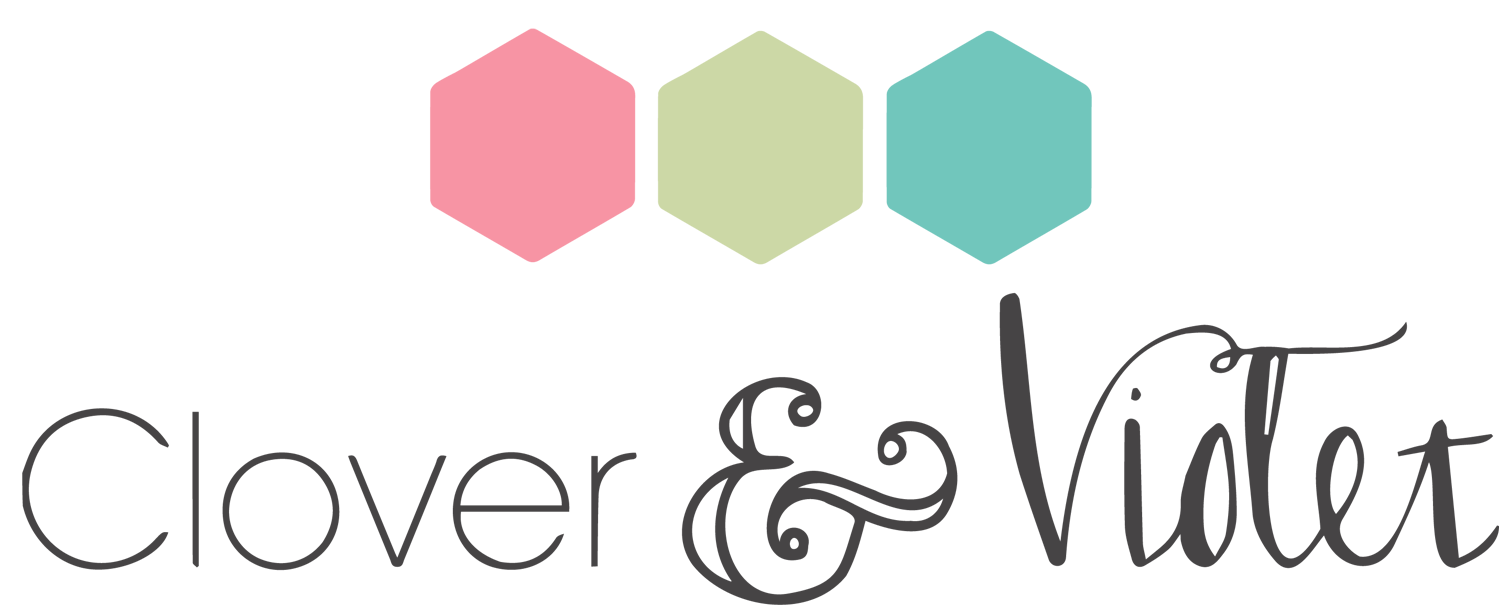


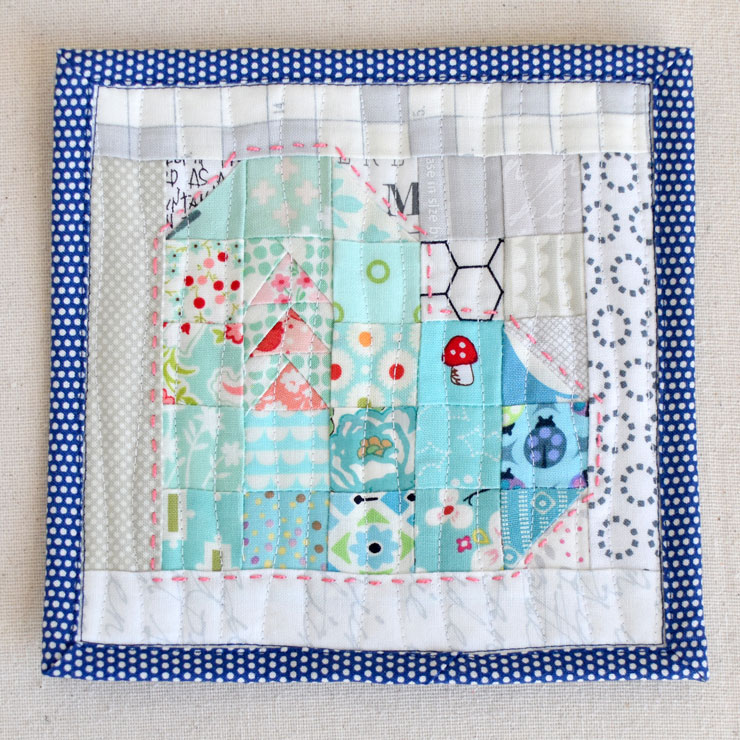
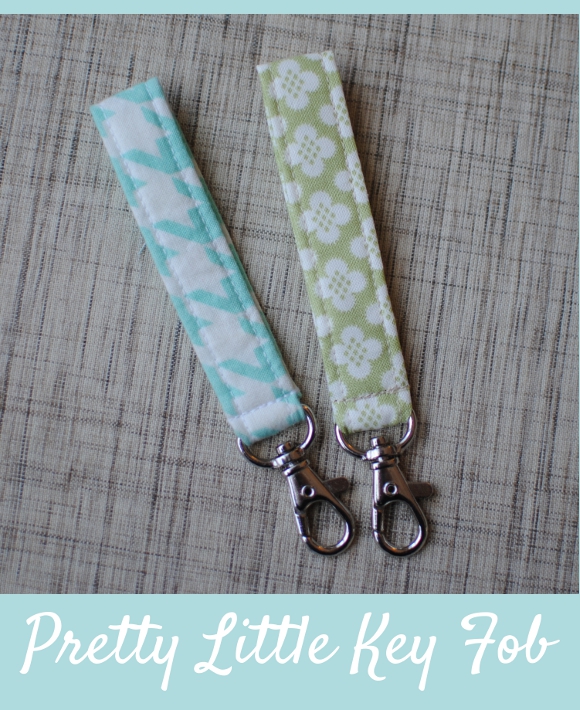
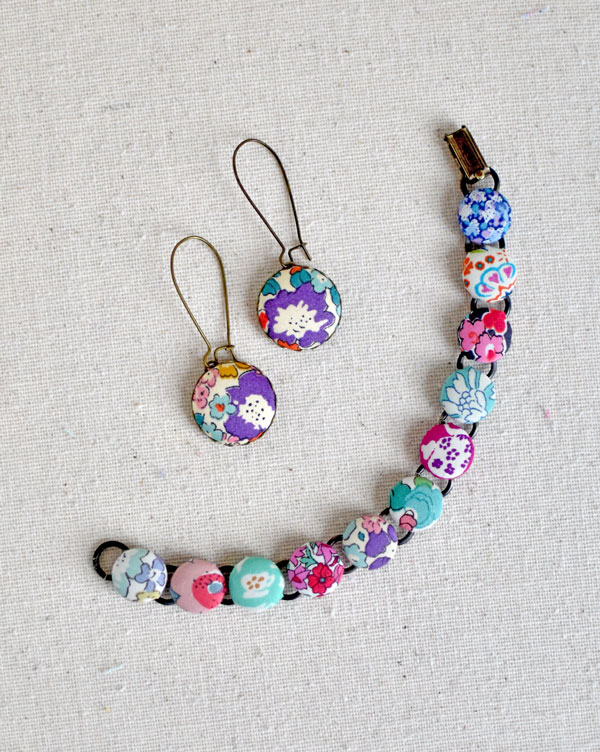
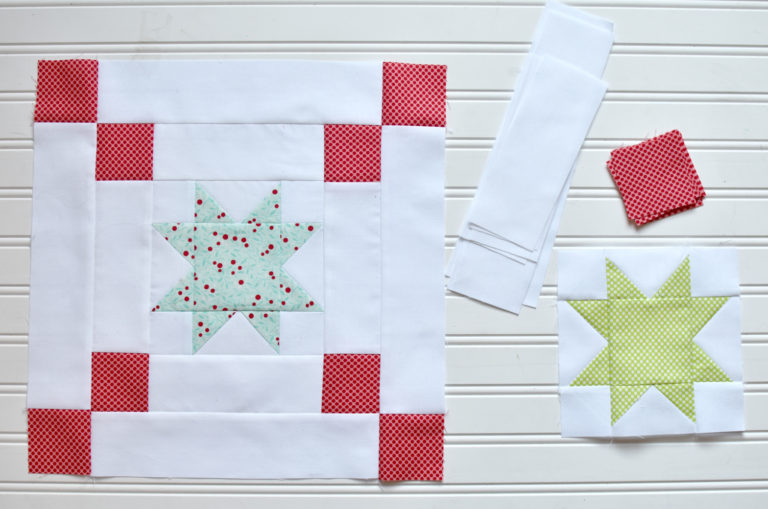
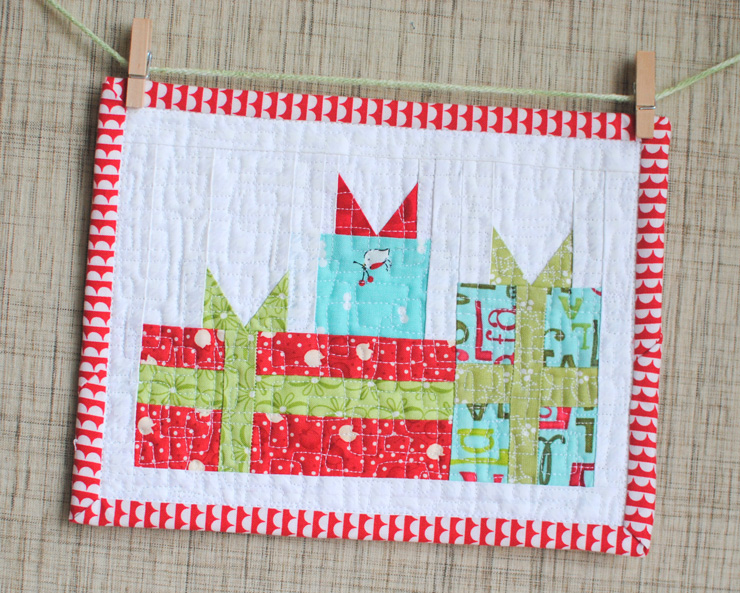
This is so helpful! I use Perle cotton for my hnd quilting nd I am just dipping into embroidery. So thank you for sharing 🙂
Ooooo! How’d you get that reply to comment button next to the commenters name??
Very helpful! I haven’t used anything but stranded embroidery thread (the breakable stuff), so I appreciate the tutorial. 🙂
I’ve just started working with perle in the last few months and I too am hooked! It’s a dream to use, and if you like the chunkier look then the size 5 is available in tons of colors at just our regular old fabric store. I use it for hand-quilting and embroidery and have been combining the two into quilts with embroidered blocks. YUM! Thanks for the great post with the specifics on these threads!
Thank you!
Thanks for answering a question I’ve been wondering about but hadn’t gotten around to asking. Very useful information.
I’m another who is very grateful for your shedding some light on this. I, too, have been reading recently about people using perle for hand quilting and I wondered if my largish stash of floss would be the same. This answers that question and I can’t wait to try the perle cotton for my next project. I might have to buy some 8 and some 5, as recommended by Belle and Bee, to see which I prefer.
Again. Thanks!
Super helpful! I’ve got a hand-quilting project coming up and I was wondering about different threads. Thanks so much!!
Thank you! I am an experienced embroiderer but in Australia we can only really buy stranded thread, with some Perle in a limited colour range! With internet shopping so convenient now I know what to look for AND buy!
It’s great that perle is getting more popular with other sewing mediums. When I used to pillow lace make getting suitable threads, including perle in different colours was really hard work.
Makes perfect sense! More on embroidery please!!
Thanks for the info! I will have to give the perle a try!
Thanks! I too have always used the standard 6 strand DMC floss. The perle cotton looks like it would be great to work with.
I just love embroidery in my quilts. I think the threads from Europe are great. I Love your ideas.
Loved your post. These are awesome bags. I will definitely check them out and if I buy one I will let you know how it was. Thanks.
Canvas Bags
Thank you for the thread info. I’ve been wanting to hand quilt with the perle cotton but cannot find the size 8 locally. My yarn shop does have size 10 however. Do you think this would work?
i have loved perle cotton since the late 70’s while living in germany. not sure how i found out about it, but remember going into a store and seeing the most luscious threads and colors. used it first just to embellish things i made, then for hardanger. it’s wonderful to work with. it has such a nice hand–i’m very much a tactile person, so love the feel of it. thanks for all your info. just getting all the materials for the garden steps qal–all by mail so far. just missing one piece of fabric fat quarter shop was out of. have a great day
Thank you so much for this post! I am new to embroidery and was thinking I couldn’t start my next project because all I had was perle cotton #8. I bought 40 different colors from threadart.com and now I’m just so happy to know that I can actually use them for my next project! Thank you!
Other important embroidery supplies are the embroidery hoop and the fabric. Wooden embroidery hoops usually cost a few dollars or less in the United States and can be re-used. Hoops come in several sizes and are usually circular, though there are oval hoops. Crafters should use small hoops for detail work or small patterns and larger hoops for big projects.
I am soooo happy that I stumbled onto your Embroidery 101 and Quilt-Along Tutorial!
I’ve been quilting and wanted to make labels for my quilts. I used to do quite a bit of embroidery in the past but let it drop and now I’ve lost the knack. With your help I can recover my embroidery skills. Thank you so much!